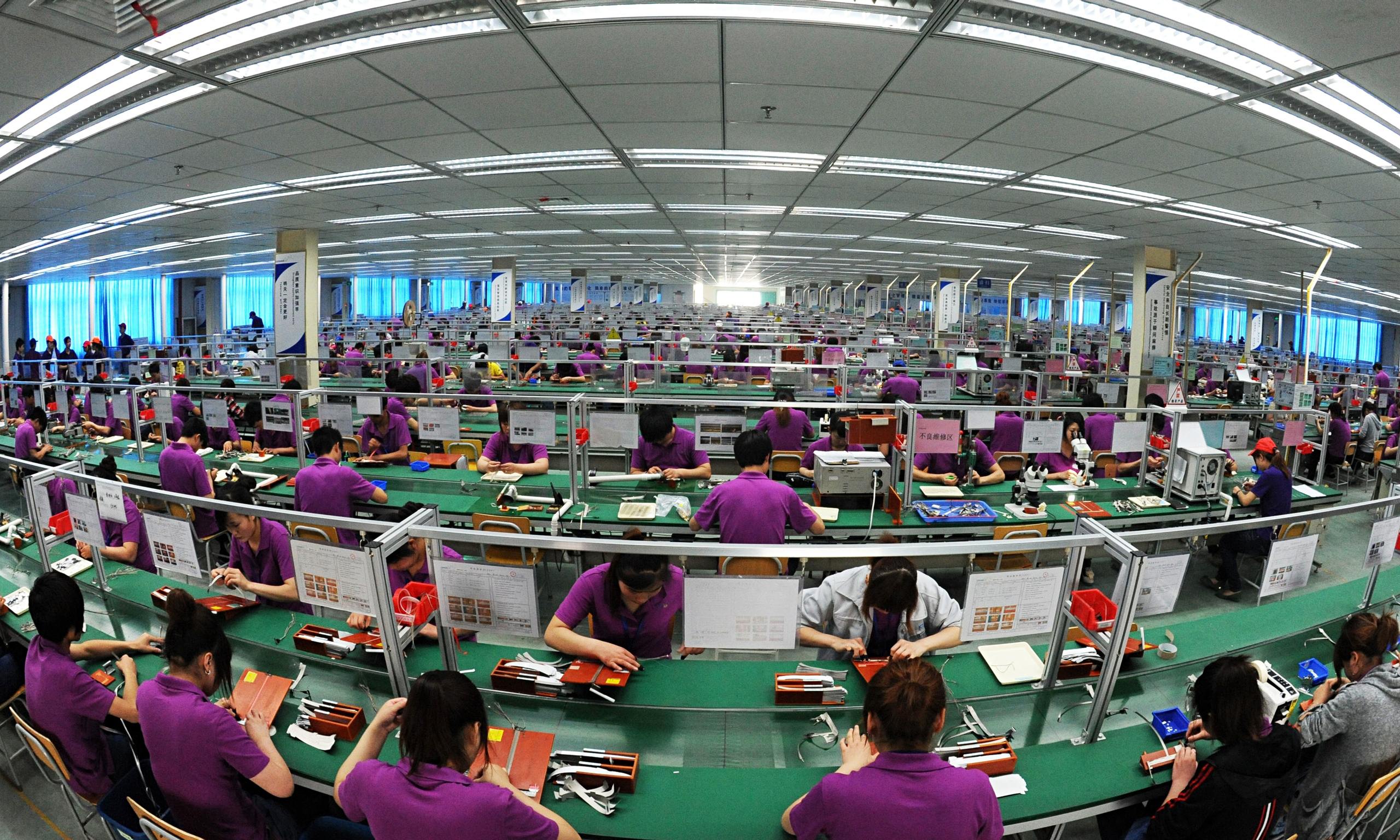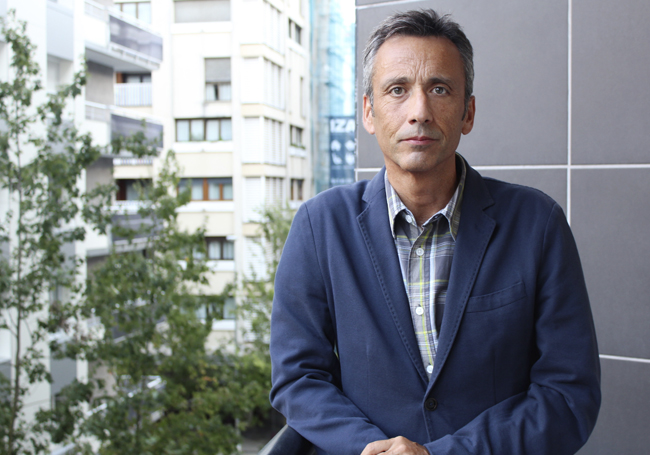
The ISO 9001 standard is made up of a raft of requirements relating to quality and quality management drawn up by the International Organization for Standardization (ISO). The ISO 9001 certificate guarantees the validity of the procedures so that they comply with the specifications established by customers. To obtain the ISO 9001 certificate a company has to undergo an audit by a third company, which tends to be an independent auditor, external to the company, and which certifies that a company is complying with the reference standard. And these audits need to be certified by a National Accreditation Body.

The research group led by Iñaki Heras-Saizarbitoria, professor of Business Administration at the UPV/EHU, has spent many years studying, among other things, the phenomenon of ISO quality and environment certificates. “When working with companies here we hear that products or components imported from China have often been found wanting when it comes to correctly complying with the specifications,” explained Heras. Following this through and in collaboration with Olivier Boiral, researcher at the Université Laval of Quebec, in-depth interviews were held following a systematic methodology, with 40 people who work in Chinese companies –personnel with broad experience and who hold high-level positions in quality, consulting and auditing, among other things. Although subsequently “we were contacted by a larger group of professionals, after we had reported on our study at various congresses”, said the UPV/EHU researcher.
Faking certificates is easy; finding out is also easy
The conclusions drawn from these conversations “paint a disturbing picture. While it is true that many Chinese companies correctly implement and comply with the certification, there are many other cases in which this certificate is faked in one way or another. The reliability of Chinese certificates is very low”, he declared. As the professor points out, there are four ways of faking the certificate: “by creating a certificate directly in Photoshop; by fraudulently obtaining the official certificate (declaring that things are done in a specific way, when this is not in fact the case; doing them solely for the purpose of the external audit); buying the official certificate without implementing any kind of system; and obtaining the certificate from a certification body that lacks the relevant accreditation, and in this case without implementing any system whatsoever, either”.
The research group has also launched a series of recommendations to the interest groups to address this situation. They suggest to the public bodies that “transparency should be improved, in other words, the certifying bodies should be required to have their databases updated on their websites, that they should display the list of certified Chinese companies. Despite the fact that this is a requirement, it is not met”, he stressed. “The political will is needed for this, but in this field many interests come together, in China as well as in world organizations”. Companies are recommended “not to trust certificates of this type coming from China. The problems could be very serious if some item that the company uses in one of its products fails to comply with the proper specifications”.
“From our point of view, the problem is pretty widespread, even though it is true that in some countries it is particularly serious, as in China or Pakistan, for example. But in other countries, such as Russia or the United States, cases have also been spotted,” he explained. As regards the European Union, Heras says that there is greater regulation, because there have been many complaints and problems, “but the situation varies between one European country and another. Each national body is a world unto itself, and each one establishes its limits and obligations. At the end of the day, standardization is a highly paradoxical regulation tool which is growing in strength in this era of globalization and liberalization”.

